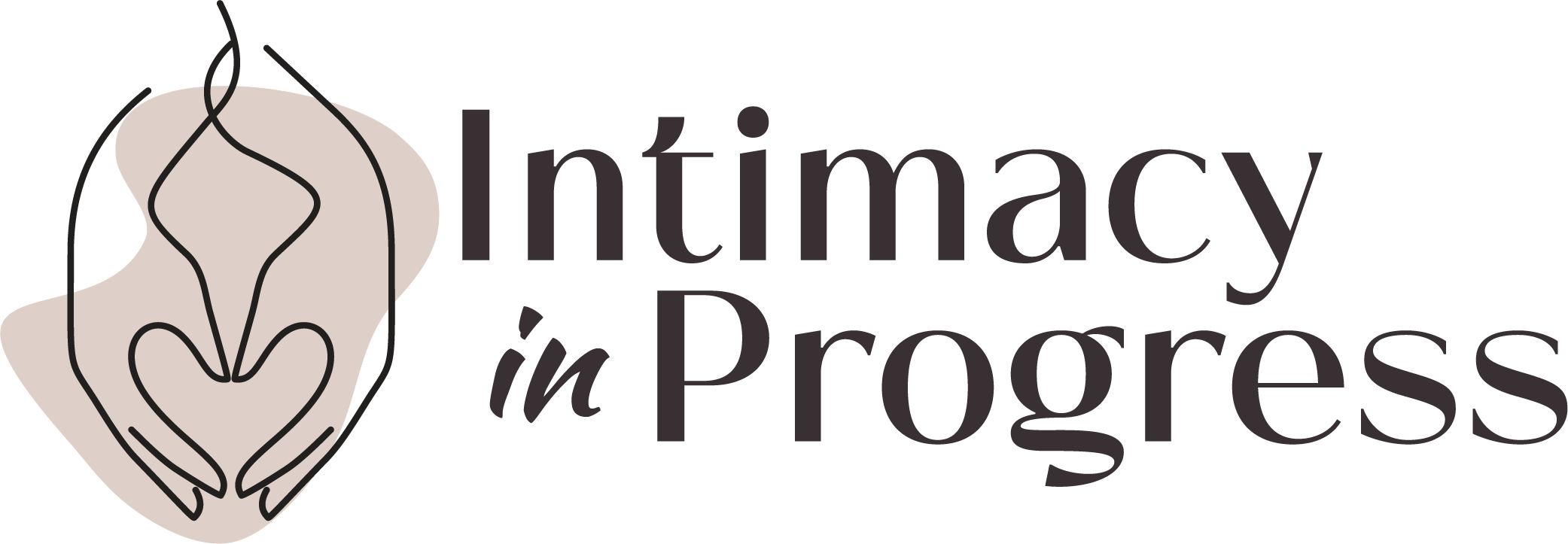Did you know that, according to a recent study, LGBTQ+ individuals are three times more likely to experience a mental health condition than those who identify as straight? This staggering statistic underscores the critical need for affirmative therapy, a specialized approach that not only acknowledges but embraces diverse sexual orientations and gender identities. In this guide, we’ll walk you through the essential steps to find a therapist who can provide the supportive and understanding environment you deserve.
Understanding LGBTQ+ Affirmative Therapy
So, what exactly is LGBTQ+ affirmative therapy? It’s a therapeutic approach that’s not just about being ‘okay’ with LGBTQ+ identities. It’s about therapists actively affirming, celebrating, and understanding these identities and their unique challenges. This kind of therapy recognizes the added layers of complexity in issues like coming out, gender transitioning, societal stigma, and discrimination.
But why is this kind of therapy so important? For many in the LGBTQ+ community, general therapy can sometimes overlook or misunderstand these critical aspects of their identity, which can lead to feelings of isolation or being misunderstood. LGBTQ+ affirmative therapy fills this gap by providing a safe, accepting space where all aspects of your identity are acknowledged and valued.
Identifying Your Needs
Before you start looking for a therapist, it’s crucial to reflect on what you need from therapy. Are you grappling with your sexual orientation, gender identity, relationship issues, or something else? Understanding your goals helps you find a therapist who’s the right fit.
Consider also the format that would work best for you. Do you prefer one-on-one sessions, or are you looking for group therapy where you can hear from others with similar experiences? Would in-person sessions work best for you, or are you more comfortable with online sessions?


Researching Potential TherapistsNow, onto the hunt for the right therapist! Start by exploring online directories that list therapists with LGBTQ+ experience. Websites like Psychology Today or the GLMA (Health Professionals Advancing LGBTQ+ Equality) can be great starting points. Don’t forget to tap into local LGBTQ+ organizations for recommendations too.
When checking out potential therapists, look at their credentials. Do they have experience or training in LGBTQ+ issues? What therapy approaches do they use, and how might these align with your needs? It’s all about finding someone who’s not just qualified on paper but also a good match for your unique journey
Reaching Out and Asking the Right Questions
Feeling a bit nervous about reaching out? That’s totally normal. When you contact a therapist, think of it as an initial screening. Ask about their experience with LGBTQ+ clients, their approach to therapy, and how they handle issues specific to the community. This is also a good time to spot any red flags. If a therapist seems uncomfortable or vague about LGBTQ+ issues, they might not be the best fit.
Assessing the Fit
Finding a therapist you click with is like finding a new friend; it might take a few tries. In your first few sessions, pay attention to how you feel. Do you feel heard and understood? Is the therapist’s approach working for you? Don’t hesitate to voice any concerns or ask for adjustments. Remember, therapy is a collaborative process.
Financial Considerations
Let’s talk about the elephant in the room: cost. Therapy can be expensive, but don’t let that deter you. Many therapists offer sliding scale fees based on income. Also, check if your insurance covers therapy and what the process looks like. There are also organizations that provide financial assistance specifically for LGBTQ+ individuals seeking therapy.
Alternative and Supplementary Resources
While you’re searching for a therapist or even during therapy, don’t overlook additional resources. Support groups, online forums, and hotlines can provide extra layers of support. They can also be great spaces to share experiences and learn from others in the LGBTQ+ community.
Taking Care of Yourself Throughout the Process
Remember, finding the right therapist can be a journey. It’s important to practice self-care and be patient with the process. You might not find the perfect therapist right away, and that’s okay. Keep reassessing your needs and don’t hesitate to change therapists if your current one isn’t working out.
Next Steps
Embarking on the path to finding an LGBTQ+ affirmative therapist is a brave and significant step towards self-care and personal growth. With the right therapist by your side, you can navigate the complexities of your identity in a supportive and understanding environment. Remember, you deserve a space where every aspect of your identity is not just accepted but celebrated.





